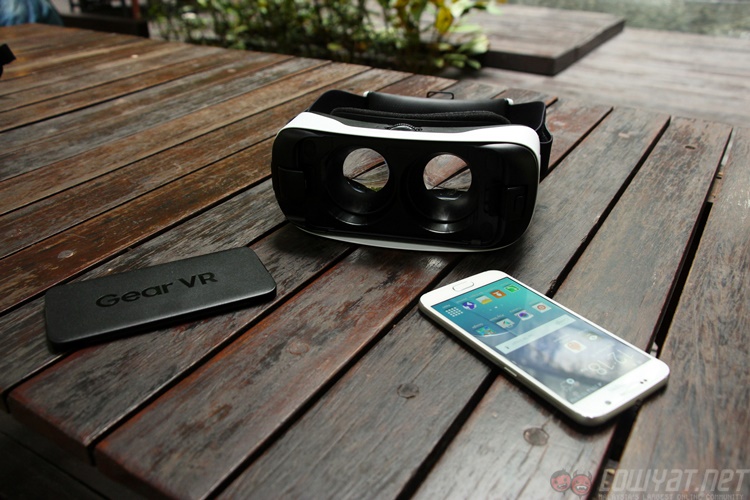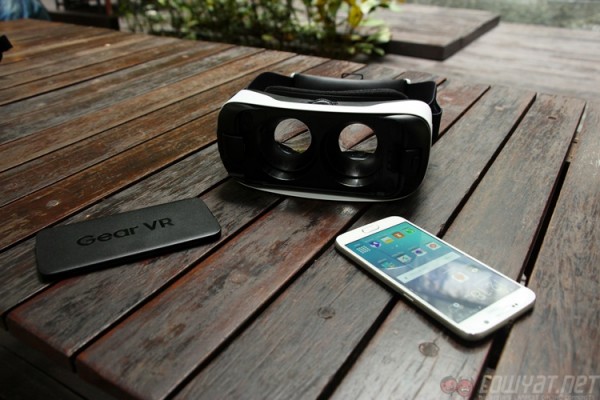
One thing needs to be clarified before beginning this review. The Samsung Gear VR is very much an early adopter’s device. Despite this being the second Gear VR put out by Samsung – the first was meant to operate with the Galaxy Note 4 – nobody appears to know what the technology can do, or what to do with it. With that in mind, the Gear VR has some very interesting talking points and plenty of potential.
What is it?
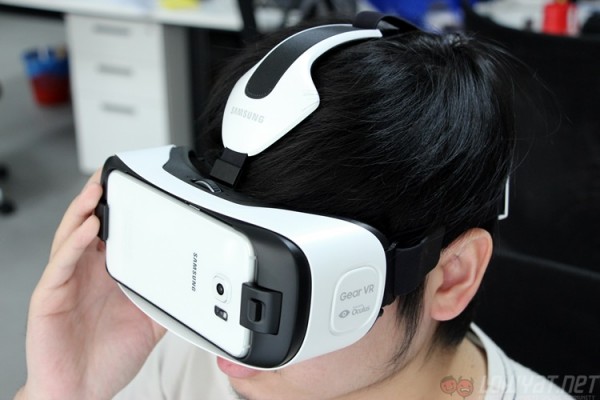
The Samsung Gear VR is a head mounted virtual reality cradle for the Samsung Galaxy S6 and S6 edge. A more cynical person would simply call it an elaborate way to strap the smartphone to your head. This person would not be wrong, but he would also be missing a large portion of the story.
On its own, the Samsung Gear VR does very little. It has a cradle for the smartphone, is powered by the Galaxy S6/s6 edge via microUSB, and a pair of lenses to make the VR display work properly. There is also a large touchpad on the right side to operate the interface, as well as a tiny back button located just above it. Both are designed to be found by touch, and are quite easy to locate without being able to see them.
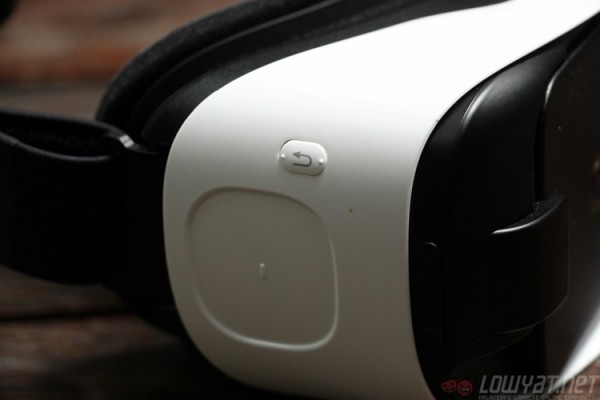
Once you plug in the Galaxy S6 on the Gear VR’s microUSB port and lock it in place, the S6 immediately turns on the Oculus VR app, which is downloadable from the Samsung Apps store. Strap the Gear VR comfortably around your head, and the Gear VR turns into a virtual reality entertainment device. It allows the viewer to simulate sitting in a movie theatre, or play virtual reality games. This is the meat and bones of the Gear VR, and is the main reason for buying the VR headset.
The good stuff.
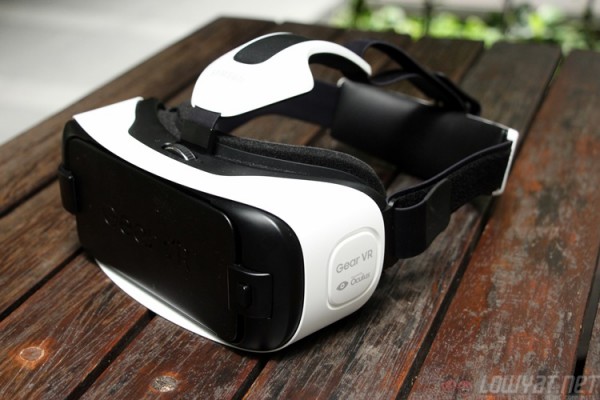
Admittedly, the main reason to own one of these devices would be bragging rights. As I said before, nobody is really sure what niche the Gear VR will fill; but when it happens you can be sure that the early adopters will already be there. The term “Innovator Edition” already implies that this is really a product aimed at developers to build VR-based apps and create new ideas on how best to utilise virtual reality.
But for consumers, there already is a healthy selection available on the Oculus Store. There’s a wide range of free apps and video demos available, as well as more immersive paid apps for those who are invested into the idea. As an entertainment device, the Samsung Gear VR is much better for playing games than passive consumption. The ability to look around and feel like you are really inside the game is an undeniable strength of VR technology. It is also one of the weaknesses, but we will get to that later.
The 2K display on the Galaxy S6 allows the Gear VR to have excellent display quality – the high pixel density means there is very low pixelation even if the actual screen is split in two. While using the Gear VR we found that pixelation was a non-issue for all the content we tried it out with, which is impressive, yet is expected due to the quality of modern Samsung displays.
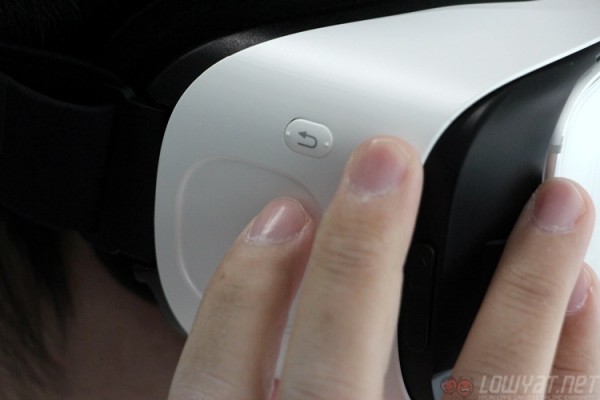
Most games on the Gear VR at the moment involve shooting something or the other. Aiming is done via turning the head to look at the target, while tapping on the touchpad pulls the trigger. While the games at the moment are relatively simplistic, the feeling of manipulating the visor to fire on opponents conjures the feeling of being Cyclops from the X-men. It might just be the best part of the entire experience.
As far as gaming goes, it can only get better from here. You can also connect a Bluetooth gamepad for more elaborate games. Developers are only beginning to scratch the surface of what can be done with virtual reality, and this is the space to be watching as far as that goes.
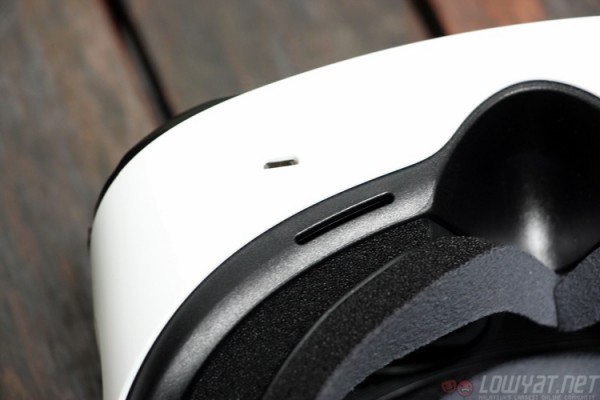
The Gear VR relies completely on the speakers from the Galaxy S6 for audio output. It isn’t too bad, and the proximity of the speakers to the wearer’s head means that the audio is transmitted across loud and clear. I didn’t even realise that there were no speakers on the headset until much later. The design of the Gear VR also does not obstruct the audio jack on the Galaxy S6, so you can increase the immersiveness of the experience by putting on a pair of headphones. Alternatively, you can go wireless with some Bluetooth headphones for less cables moving about as you move your head.
One of the best things about the Gear VR is how people with awful eyesight are still able to use it, despite taking off their glasses. I am obviously talking about myself here, and how I appreciate that the focal length of the Gear VR lenses can be manually adjusted to suit both far and near sighted people. It is a nice touch, and extremely important for the completing the experience of using virtual reality.
Furthermore, the Gear VR is designed with the user’s complete comfort – after all, it needs to be. There’s comfortable padding all round, including on the straps where they are in contact with the head. Inside are vents as well as a hidden fan that prevents the lenses from fogging up. The Gear VR also ships with a cleaning cloth and a carrying case.
The bad stuff. Tell me.
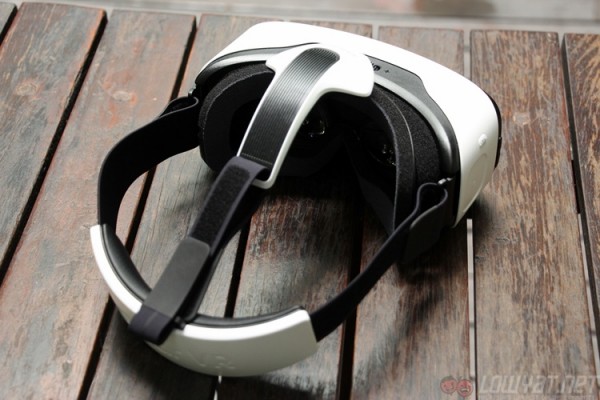
While gaming on the Samsung Gear VR is a solid experience, passively consuming content is a different matter. This is perhaps due to the viewing experience of using the Gear VR media player, and the design choices that the developers made. It could definitely be more enjoyable with just a few tweaks to the system.
There is a sense of isolationism when watching videos on the Gear VR, and this has nothing to do with the hardware. Instead, it is caused by the choice of the developers to make the the main video app simulate sitting in an empty cinema hall. While I do not doubt that some people will enjoy the experience, I personally find that watching movies alone is best done in the comfort of one’s own home.
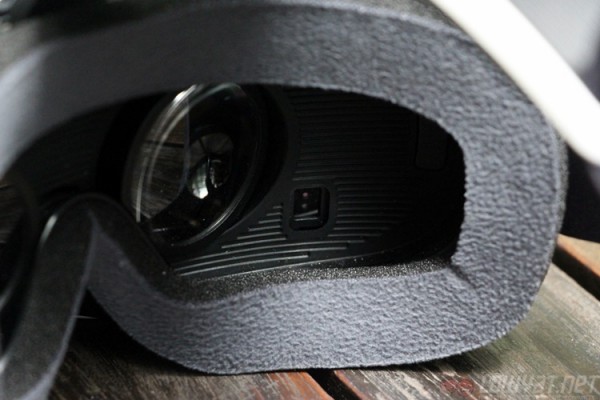
However, that is not the main problem with passive consumption of media on the Gear VR; or any VR headset for that matter. The main problem happens to be that I cannot eat while watching videos. The giant display strapped to my head prevented me from looking at the outside world and, more importantly, my snacks.
The Oculus app powering the Gear VR does allow one to activate the rear camera on the Galaxy S6 to use as a viewfinder, but that requires the user to access the menu through a long press of the back button. It works in situations where you need to interrupt the movie to move around, but is rather intrusive when just reaching for more chips.
Should I Buy It?
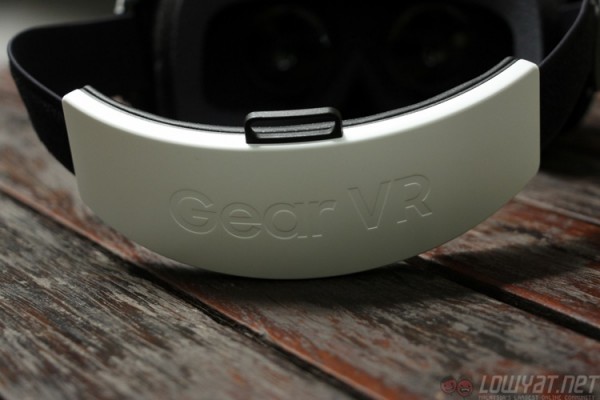
Home virtual reality entertainment is still a relatively new technology; unless you want to count the Nintendo Virtual Boy. As I’ve mentioned earlier in this review, it looks like nobody is quite sure what niche the Gear VR is supposed to fill. There is a lot of excitement within the VR community, but…surprisingly not so much outside of it.
In the gaming space, this makes sense – the Gear VR was a load of fun. Video games want more immersion, and VR gives them just that. Mobile entertainment, on the other hand, does not go well with strapping a giant chunk of plastic to one’s head; or having to carry extra peripherals around for that matter.
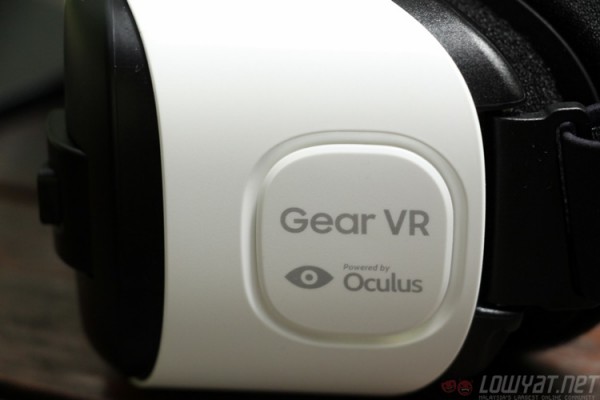
There is a sense that Samsung’s decision to sell the Gear VR to normal consumers is one way of introducing this technology to a wider audience. VR is not yet ready for mass consumption, simply because not many are really aware of what it can do, and the lack of content available. By offering its headset to consumers, Samsung is simultaneously attacking both fronts.
Should you buy it? If you are the early adopter type who happens to own a Samsung Galaxy S6 and would like a glimpse of the future of personal entertainment, this is something you must experience for yourself. VR technology can only improve from here, and there certainly is no reason to avoid it now. However, being limited to only the Galaxy S6 means that this model of the Gear VR will have a relatively short lifespan (unless the Galaxy S7 and future iterations share a similar dimension and port layout as the S6). At RM799, without the smartphone, the Gear VR Innovator Edition for S6 may just be out of reach of many regular users.
Follow us on Instagram, Facebook, Twitter or Telegram for more updates and breaking news.

